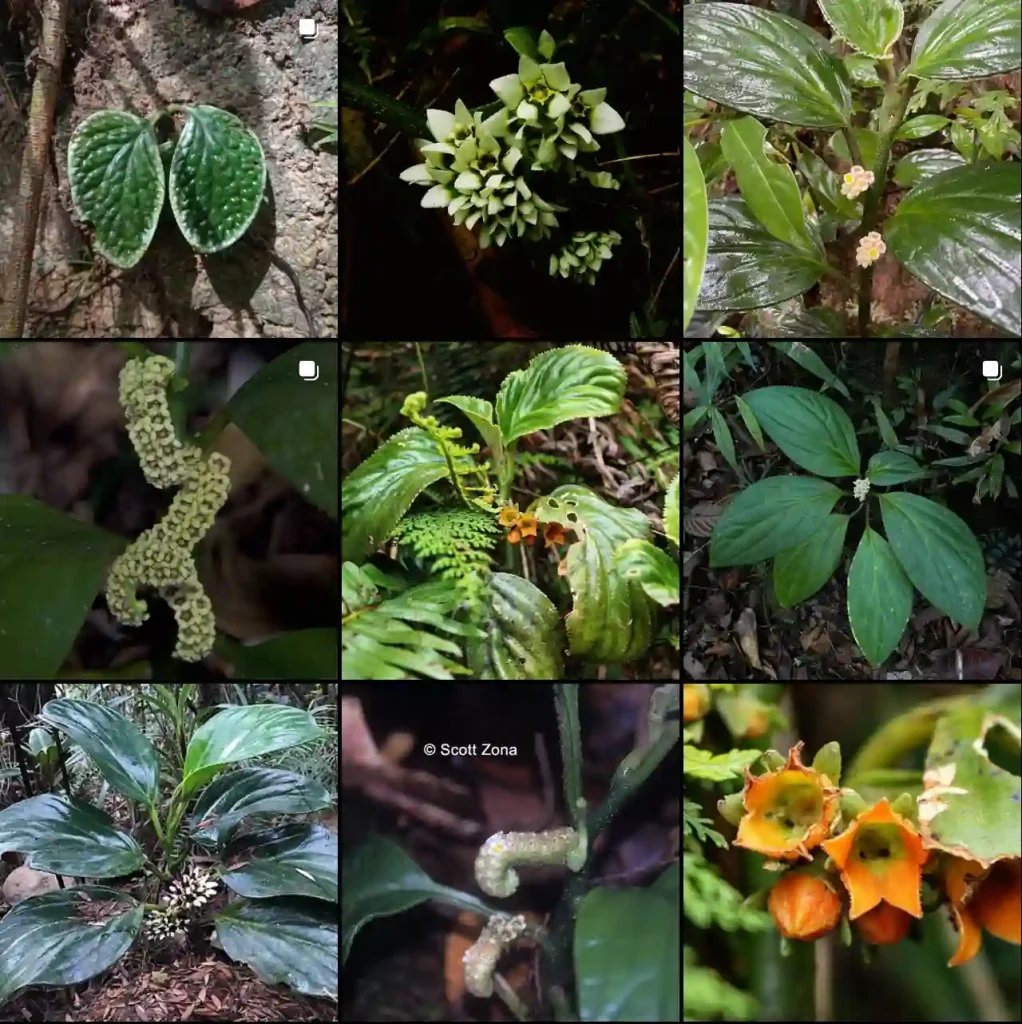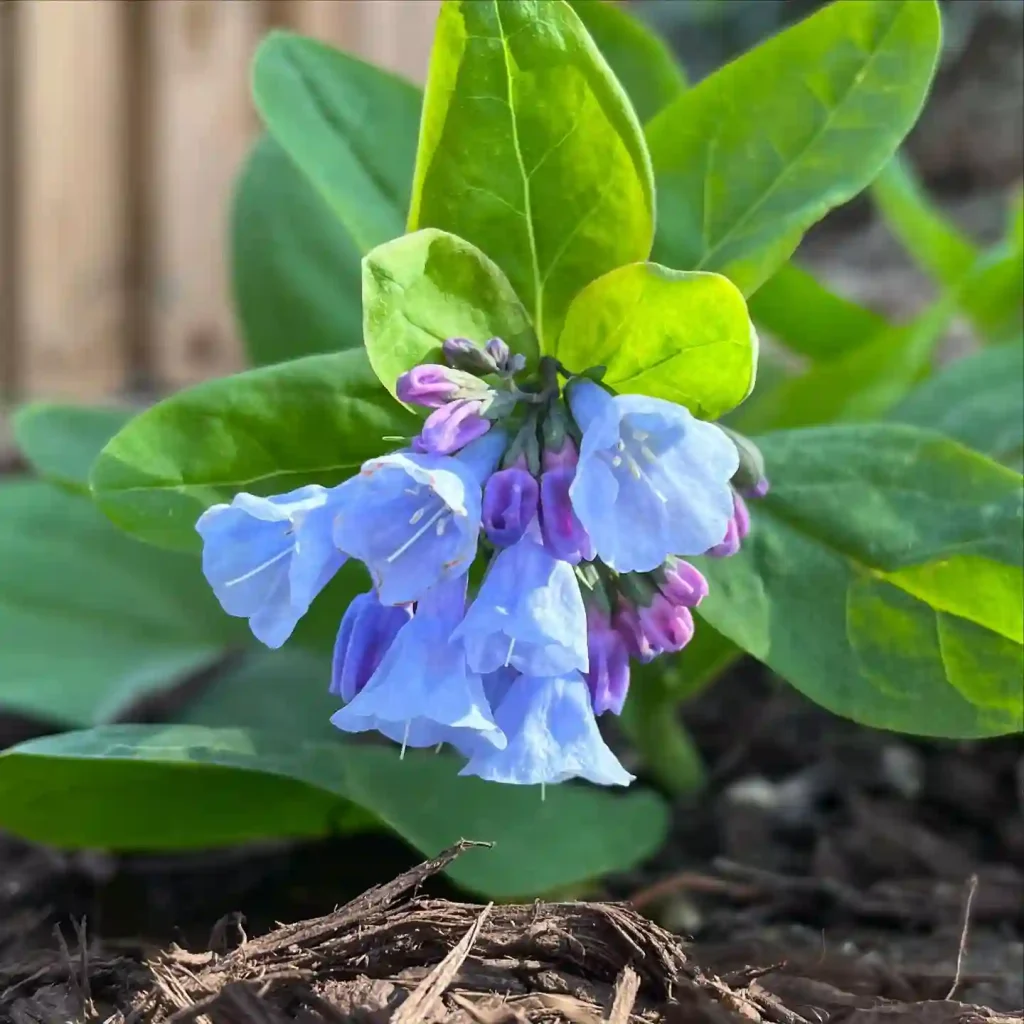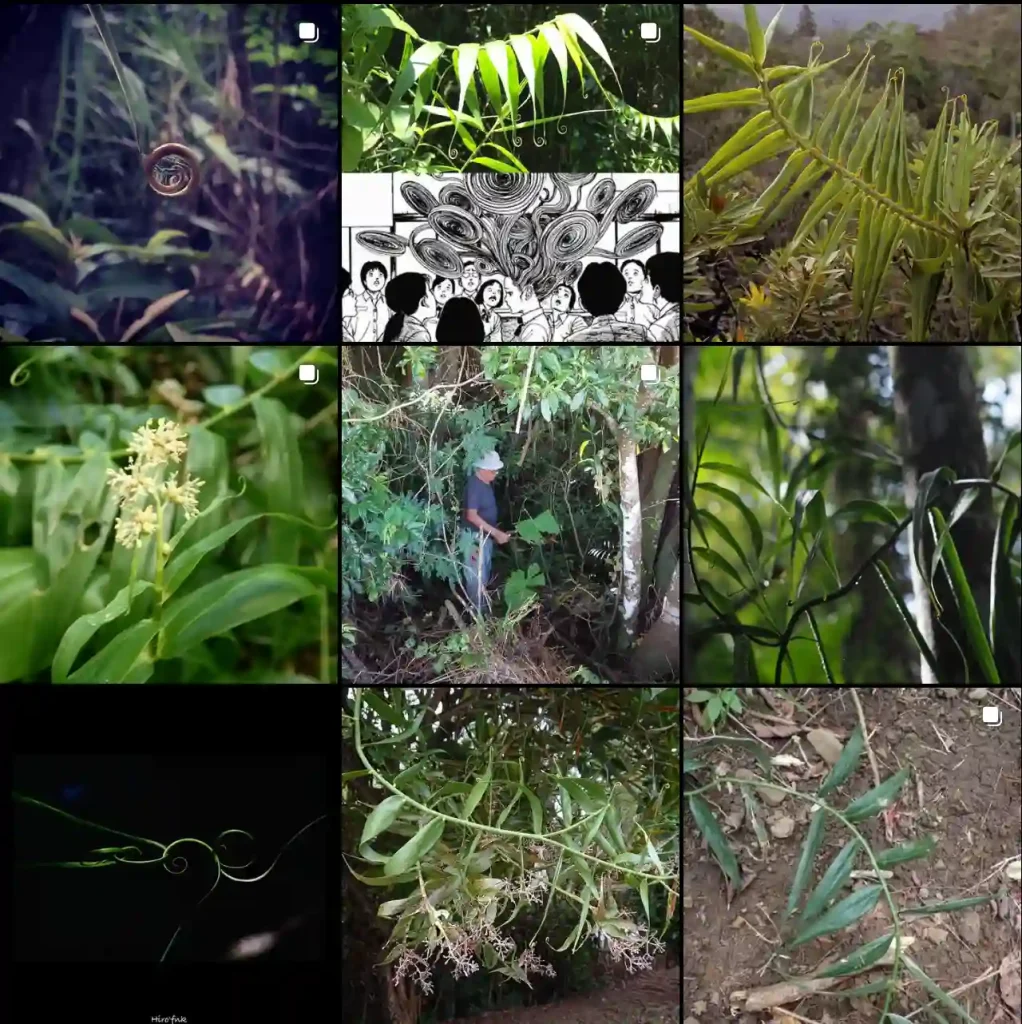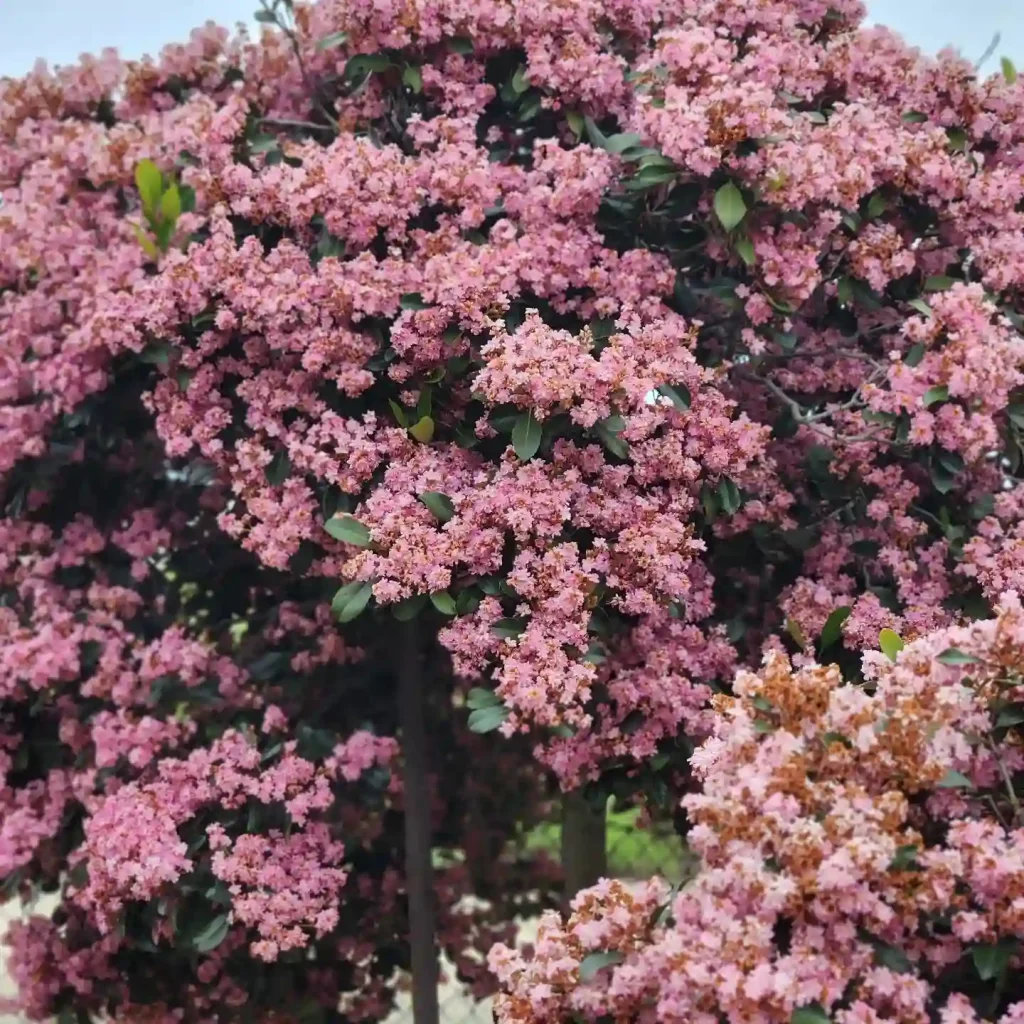All About the Alluring Magnolia Salicifolia
Hi, Ferb Vu here! For those who love a touch of elegance and fragrance in their garden, Magnolia Salicifolia – the Anise Magnolia might be the perfect fit. This captivating deciduous tree, hailing from the islands of Honshu, Shikoku, and Kyushu in Japan, boasts a unique charm that sets it apart from other magnolias.
Today, I’m answering some of the most common questions you might have about this captivating flowering tree.
371 Species in Genus Magnolia
What Makes the Anise Magnolia Special?
The Anise Magnolia stands out for several reasons:
- Fragrance: The star of the show is undoubtedly the intoxicating aroma. True to its name, the leaves, when crushed, release a delightful anise or lemon-verbena scent, adding a refreshing touch to your garden.
- Elegant Form: This magnolia can grow up to 25 feet tall, with a narrow to broad pyramidal shape. The slender branches are adorned with narrow, lanceolate leaves that have a distinct whitish underside. This unique combination creates a graceful and airy presence in your landscape.
- Showstopping Blooms: Before the leaves unfurl in spring, the Anise Magnolia explodes with fragrant, white flowers. These captivating blooms, reaching up to 4 inches in diameter, boast six delicate petals and add a touch of magic to the early spring scene.
- Adaptability: This hardy tree thrives in USDA zones 4 to 9, making it suitable for a wide range of climates. Whether you have a sunny spot or partial shade, the Anise Magnolia can adapt, as long as the soil is well-drained and moist.
How to grow Anise Magnolia?
Planting your Anise Magnolia is a breeze. Ideally, plant it in late fall or early spring, depending on your climate. Choose a location with well-drained, acidic soil and provide some afternoon shade, especially in warmer zones. Watering regularly, especially during the first year, is crucial for healthy establishment.
Once established, the Anise Magnolia requires minimal maintenance. Prune only to remove dead, diseased, or crossing branches, ideally during the late winter or early spring.
How fast does the Anise Magnolia grow?
The Anise Magnolia is a moderate grower, typically putting on 12 to 18 inches per year.
Can I grow the Anise Magnolia in a pot?
Yes, the Anise Magnolia can be grown in a large pot with well-draining potting mix. However, keep in mind that its ultimate size will be restricted compared to planting in the ground.
Is the Anise Magnolia poisonous?
While not deadly, the Anise Magnolia is not considered edible.
What are some common pests and diseases?
The Anise Magnolia is generally resistant to pests and diseases. However, keep an eye out for scale insects, which can be controlled with insecticidal soap.
Anise Magnolia vs. Star Magnolia (Magnolia stellata):
Both the Anise Magnolia and the Star Magnolia are popular choices for home gardens, but they do have some key differences:
- Bloom Time: The Anise Magnolia blooms in early spring, even before the leaves emerge. The Star Magnolia flowers a little later, typically in mid to late spring.
- Flower Shape: The Anise Magnolia boasts cup-shaped blooms with six petals. The Star Magnolia, as the name suggests, has star-shaped flowers with numerous tepals (petal-like structures).
- Leaf Shape: The Anise Magnolia’s leaves are slender and lanceolate, while the Star Magnolia’s leaves are broader and more elliptical.
- Fragrance: The Anise Magnolia has the distinct advantage of fragrant foliage and flowers. The Star Magnolia’s flowers have a light, sweet fragrance, but the leaves are not scented.
Choosing between the Anise Magnolia and the Star Magnolia depends on your preferences. If you prioritize fragrance and a unique leaf shape, the Anise Magnolia is a great choice. If you prefer star-shaped flowers and a slightly later bloom time, the Star Magnolia might be a better fit.
Ultimately, the Anise Magnolia is a captivating addition to any garden. Its elegant form, fragrant blooms, and easy-care nature make it a true delight for all plant enthusiasts. So, why not consider adding a touch of Japanese magic to your landscape with this captivating flowering tree?
If i die, water my plants!



